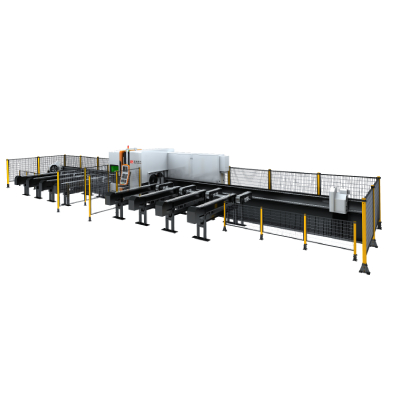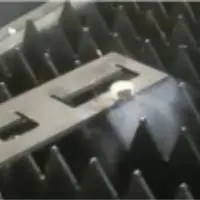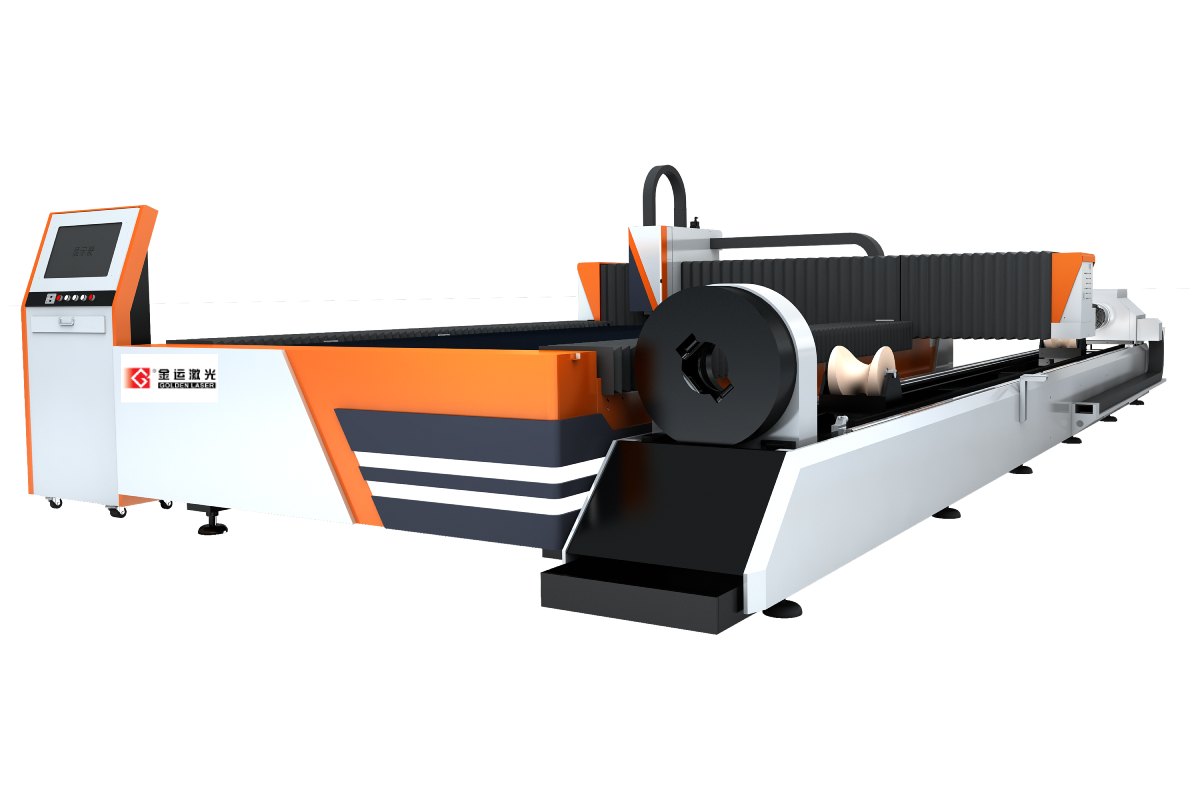In the realm of modern manufacturing, efficiency and precision are paramount. Industries across the globe are embracing cutting-edge technologies that enhance productivity while maintaining top-notch quality in their output. Among these revolutionary innovations, fast speed laser cutters are taking the lead, transforming traditional cutting methods and setting new standards in various sectors. This article explores the significance of fast speed laser cutters, their operational mechanisms, applications, and the advantages they bring to the table.
Fast speed laser cutters are advanced machines that utilize focused laser beams to cut through a variety of materials with unrivaled speed and precision. The core technology behind these machines involves high-powered lasers that can emit light at wavelengths capable of penetrating and vaporizing materials, such as metal, wood, acrylic, and textiles. Unlike conventional cutting methods, which often rely on physical blades or saws, laser cutting operates without direct contact with the material, delivering clean cuts with minimal kerf width.

Unleashing Precision and Efficiency: The Revolutionary Impact of Fast Speed Laser Cutters in Modern Manufacturing
One of the primary advantages of fast speed laser cutters is their extraordinary cutting speed. These machines can achieve high rates of production compared to traditional cutting methods. For instance, a laser cutter can complete intricate designs and patterns in a fraction of the time it would take with mechanical cutting tools. Industries such as automotive, aerospace, and electronics have begun integrating fast speed laser cutters into their production lines to keep up with the demands of high-volume manufacturing.
Moreover, the level of precision offered by fast speed laser cutters is unparalleled. The powerful lasers can cut through materials with a tolerance of less than one millimeter, making them ideal for applications that require intricate detailing. Whether creating complex components for aerospace engineering or designing delicate ornamental pieces in jewelry, the accuracy of laser cutters significantly reduces the need for post-processing work, thus streamlining operations and enhancing overall efficiency.
Fast speed laser cutters are also incredibly versatile. They can handle an extensive range of materials, from metals like stainless steel and aluminum to non-metals like plastics, leather, and glass. This versatility allows manufacturers to experiment and innovate, leading to a broader range of products and designs. For example, in the sign-making industry, laser cutters can produce intricate designs from various materials, enabling businesses to offer customized products tailored to their clients’ specifications.

Unleashing Precision and Efficiency: The Revolutionary Impact of Fast Speed Laser Cutters in Modern Manufacturing
In addition to their impressive speed and precision, fast speed laser cutters contribute to sustainable manufacturing practices. The use of laser technology minimizes waste, as the high-precision cuts result in more efficient use of materials. This is particularly significant in industries that face stringent regulations regarding waste management and environmental impact. As manufacturers strive for sustainability, fast speed laser cutters present an eco-friendly solution by reducing scrap material and energy consumption.
Furthermore, modern fast speed laser cutters are equipped with automated systems and software that streamline the cutting process. With advanced computer numerical control (CNC) technology, operators can easily program the machines to execute complex designs with minimal manual intervention, thus further enhancing productivity. These systems often come with user-friendly interfaces that exhibit live data and analytics, allowing manufacturers to monitor performance and optimize operations continuously.

Unleashing Precision and Efficiency: The Revolutionary Impact of Fast Speed Laser Cutters in Modern Manufacturing
However, despite the many benefits of fast speed laser cutters, it is essential for manufacturers to consider the training and skill requirements associated with operating these advanced machines. While the technology is designed to be intuitive, employees need proper training to ensure they can handle the machines safely and effectively. Investing in workforce training not only enhances productivity but also reduces the risk of errors that could lead to costly downtime or damage.
In conclusion, fast speed laser cutters are revolutionizing the manufacturing landscape, delivering precision, efficiency, and versatility that traditional cutting methods simply cannot match. As industries strive to meet increasing demands for quality and speed, the adoption of laser cutting technology is poised to continue its upward trajectory. By embracing these advancements, manufacturers not only improve their operational capabilities but also position themselves as leaders in a competitive market. Stainless Steel Laser Cutting Machine Price



